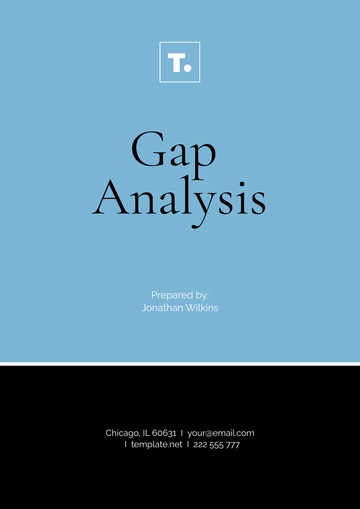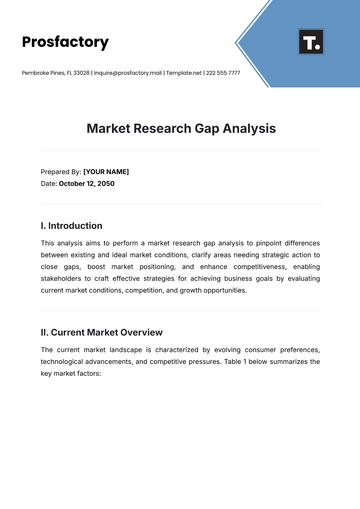Recruitment Analysis Report
Introduction
This report aims to provide a comprehensive analysis of the current recruitment process and its effectiveness in meeting organizational goals. By examining key metrics and evaluating recruitment strategies, we intend to identify areas for improvement and offer actionable recommendations to enhance talent acquisition efforts.
Recruitment Objectives
The primary objectives of the recruitment process are to attract, select, and retain the most qualified candidates. This involves minimizing recruitment time, reducing costs, and ensuring a diverse talent pool that aligns with the organizational culture and strategic goals.
Key Performance Indicators (KPIs)
Current Recruitment Process Overview
The current recruitment process involves several stages, including job posting, candidate sourcing, resume screening, interviews, and final selection. The process is supported by a recruitment team and utilizes various tools and platforms to reach potential candidates.
Stages of Recruitment
Job Posting and Advertisement
Candidate Sourcing
Screening and Shortlisting
Interview Process
Final Selection and Offer
Onboarding
Data Analysis
The data analysis section provides insights into recruitment metrics collected over the past year. The following table summarizes key recruitment statistics:
Metric | Value | Target |
|---|
Average Time-to-Fill | 45 days | 30 days |
Average Cost-per-Hire | $4500 | $4000 |
Quality of Hire | 75% | 80% |
Diversity Hires | 35% | 40% |
Challenges in Recruitment
The recruitment process faces several challenges that impact its efficiency and effectiveness:
High competition for top talent
Long recruitment cycles
Limited candidate engagement
Suboptimal use of technology
Recommendations
Based on the analysis, the following recommendations are proposed to improve recruitment outcomes:
Enhancing Technology Utilization
Implement advanced recruitment software to streamline processes, enhance candidate tracking, and improve data analytics capabilities.
Improving Candidate Engagement
Develop targeted engagement strategies, including personalized communications and follow-ups, to maintain candidate interest throughout the recruitment process.
Reducing Time-to-Fill
Establish a pool of pre-qualified candidates and optimize the interview scheduling process to reduce delays in decision-making.
Conclusion
This recruitment analysis report highlights the current state of recruitment efforts and identifies areas for strategic improvement. By addressing the outlined challenges and implementing the recommended strategies, the organization can enhance its ability to attract and retain talented individuals who will contribute to its long-term success.
Report Templates @ Template.net






























